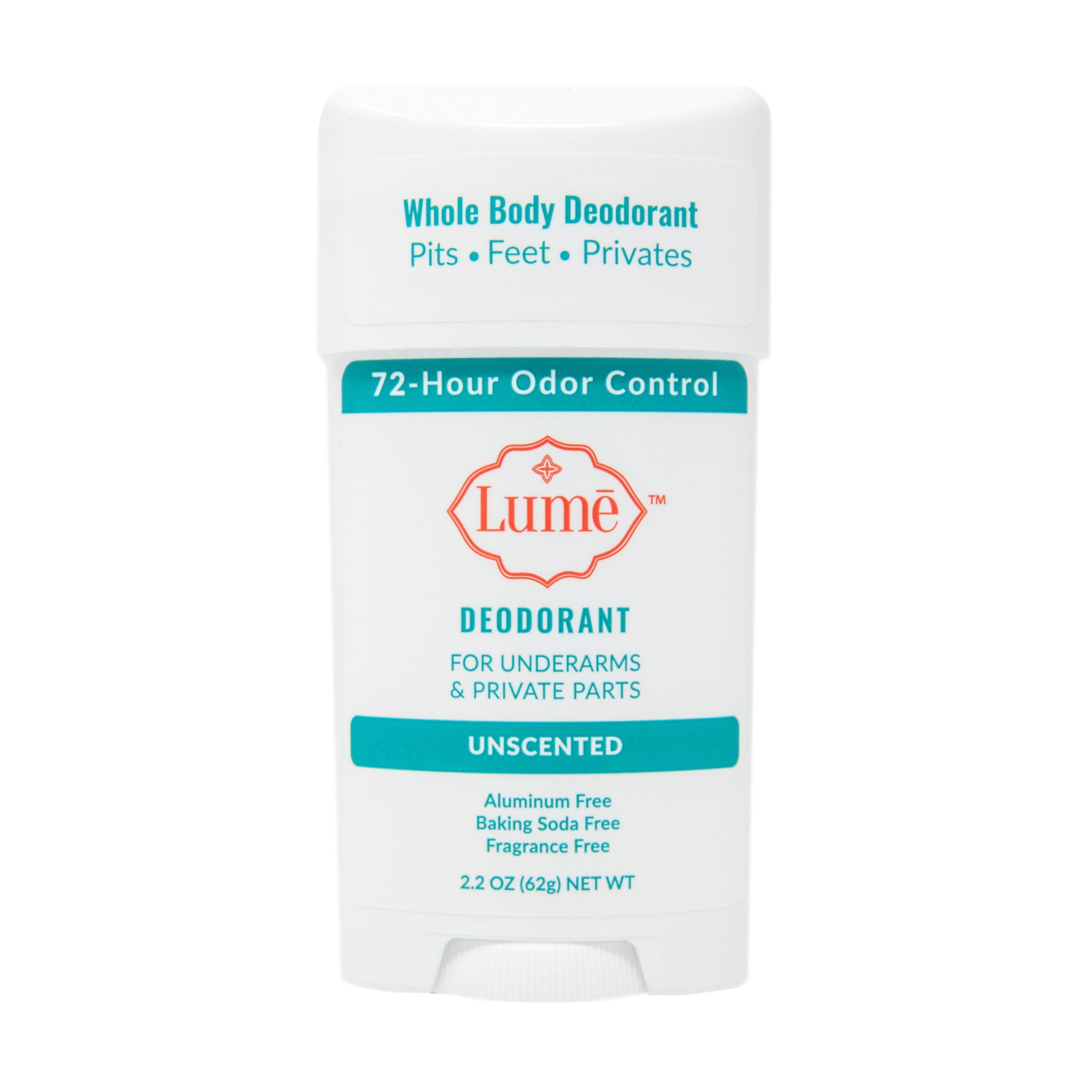Can Lume deodorant cause UTIs? This question probes a potential link between a popular deodorant and a common urinary tract infection. While no definitive causal relationship has been established, exploring the ingredients of Can Lume, the hygiene hypothesis, and reported user experiences offers valuable insight into this concern. Understanding the potential impact of various hygiene practices and the delicate balance of the vaginal and urinary microbiomes is crucial in assessing this possible association.
This investigation delves into the composition of Can Lume deodorant, comparing its ingredients to others on the market and analyzing their potential effects on the urinary tract. We examine reported cases linking deodorant use to UTIs, considering severity and symptoms. Expert perspectives and individual risk factors are also explored, emphasizing the importance of consulting a healthcare professional for accurate diagnosis and treatment of UTIs.
Understanding Urinary Tract Infections and Deodorant Use: Can Lume Deodorant Cause Uti
Urinary tract infections (UTIs) are common bacterial infections affecting the urinary system. This article explores the potential link between the use of Can Lume deodorant and the incidence of UTIs, examining the composition of the deodorant, hygiene practices, and relevant medical perspectives.
Urinary Tract Infections (UTIs): Causes, Symptoms, and Treatment

Source: popsugar-assets.com
UTIs are primarily caused by bacteria, most commonly Escherichia coli ( E. coli), entering the urinary tract. Symptoms can include a frequent urge to urinate, burning sensation during urination, cloudy or bloody urine, pelvic pain, and sometimes fever and chills. UTIs can be categorized into different types, including cystitis (bladder infection), urethritis (urethra infection), pyelonephritis (kidney infection), and prostatitis (prostate infection).
Risk factors include being female, having a history of UTIs, sexual activity, urinary tract abnormalities, and weakened immune system. Treatment typically involves antibiotics, prescribed based on the type and severity of the infection. Adequate hydration is also crucial for flushing out bacteria.
Concerns are rising regarding a potential link between Lume deodorant and urinary tract infections (UTIs). While research is ongoing, some individuals have reported issues, prompting further investigation. This comes as unrelated news surfaces about pet adoptions, with many finding new furry friends through sites like craigslist madison pets. The focus remains on understanding the possible connection between Lume deodorant and UTIs, and further studies are needed to determine any definitive causal relationship.
Can Lume Deodorant Composition and Ingredients, Can lume deodorant cause uti

Source: walmartimages.com
Can Lume deodorant is marketed as a natural deodorant. While the exact formulation may vary, common ingredients often include baking soda, arrowroot powder, and essential oils. Compared to many conventional deodorants, Can Lume typically avoids aluminum compounds and parabens, which are known to be potential irritants for some individuals. However, baking soda, a common ingredient, can be irritating to sensitive skin.
Essential oils, while naturally derived, can also be allergenic for certain individuals. Specific allergen information should be checked on the product label.
The Hygiene Hypothesis and UTI Risk
The hygiene hypothesis suggests that excessive hygiene practices can sometimes disrupt the natural balance of microorganisms in the body, potentially increasing the risk of infections. In the context of UTIs, this means that overly aggressive cleaning of the vaginal area might disrupt the vaginal microbiome, leading to a higher susceptibility to infections. Conversely, poor hygiene can also increase the risk of UTIs.
A balanced approach is crucial.
| Hygiene Method | Potential Impact on UTI Prevention | Pros | Cons |
|---|---|---|---|
| Gentle cleansing with water | Reduces risk of irritation and microbiome disruption | Simple, inexpensive, low risk of irritation | May not be sufficient for removing all bacteria |
| Mild, unscented soap | Acceptable if used sparingly and rinsed thoroughly | Effective cleaning | Potential for irritation and microbiome disruption if overused |
| Douching | Increases UTI risk | None | Disrupts vaginal microbiome, pushes bacteria upwards |
| Using scented products | Increases UTI risk | None | Potential for irritation and allergic reactions |
Analyzing Potential Links Between Deodorant Use and UTIs
Anecdotal reports linking Can Lume deodorant use to UTIs exist online. However, establishing a direct causal relationship requires rigorous scientific research. While some individuals report experiencing UTIs after starting Can Lume, it is difficult to determine whether the deodorant was a contributing factor or simply a coincidental occurrence. Potential mechanisms include irritation of the vulva or urethra, potentially leading to a pathway for bacterial entry.
A well-designed epidemiological study, comparing UTI rates in Can Lume users versus non-users, controlling for other risk factors, would be needed to investigate this correlation.
Alternative Perspectives and Considerations
Medical professionals generally emphasize the importance of proper hygiene and avoiding irritants in the genital area. While a direct link between Can Lume and UTIs hasn’t been definitively established, individual sensitivities and reactions to specific ingredients should be considered. Other lifestyle factors, such as sexual activity, hydration levels, and overall health, also contribute to UTI risk. Prompt medical attention is crucial for accurate diagnosis and appropriate treatment of UTIs.
Visual Representation of Bacterial Flora Imbalance
The healthy urinary tract and vagina typically harbor a diverse community of bacteria, predominantly lactobacilli in the vagina. This balanced flora inhibits the growth of harmful bacteria. However, irritants, such as harsh chemicals or even some deodorant ingredients, can disrupt this balance. Imagine a vibrant ecosystem, with various beneficial bacterial species represented by different colors and shapes.
The introduction of an irritant is like introducing a pollutant that disrupts the balance, causing some beneficial bacteria to decline, while potentially allowing harmful bacteria (represented by different, potentially menacing shapes and colors) to proliferate. This imbalance can manifest as inflammation and an increased susceptibility to infection. A healthy environment shows a diverse and stable community, while an imbalanced one shows a skewed composition with an overgrowth of potentially harmful bacteria and a decline in beneficial species.
Final Conclusion
The question of whether Can Lume deodorant causes UTIs remains complex. While no direct causal link is currently scientifically proven, this exploration highlights the importance of understanding the delicate balance of the body’s microbiome and the potential impact of personal hygiene practices on UTI risk. Further research is needed to definitively address this concern, but individual awareness and responsible hygiene choices remain crucial in maintaining urinary tract health.
Always consult a healthcare professional for diagnosis and treatment of UTIs.
